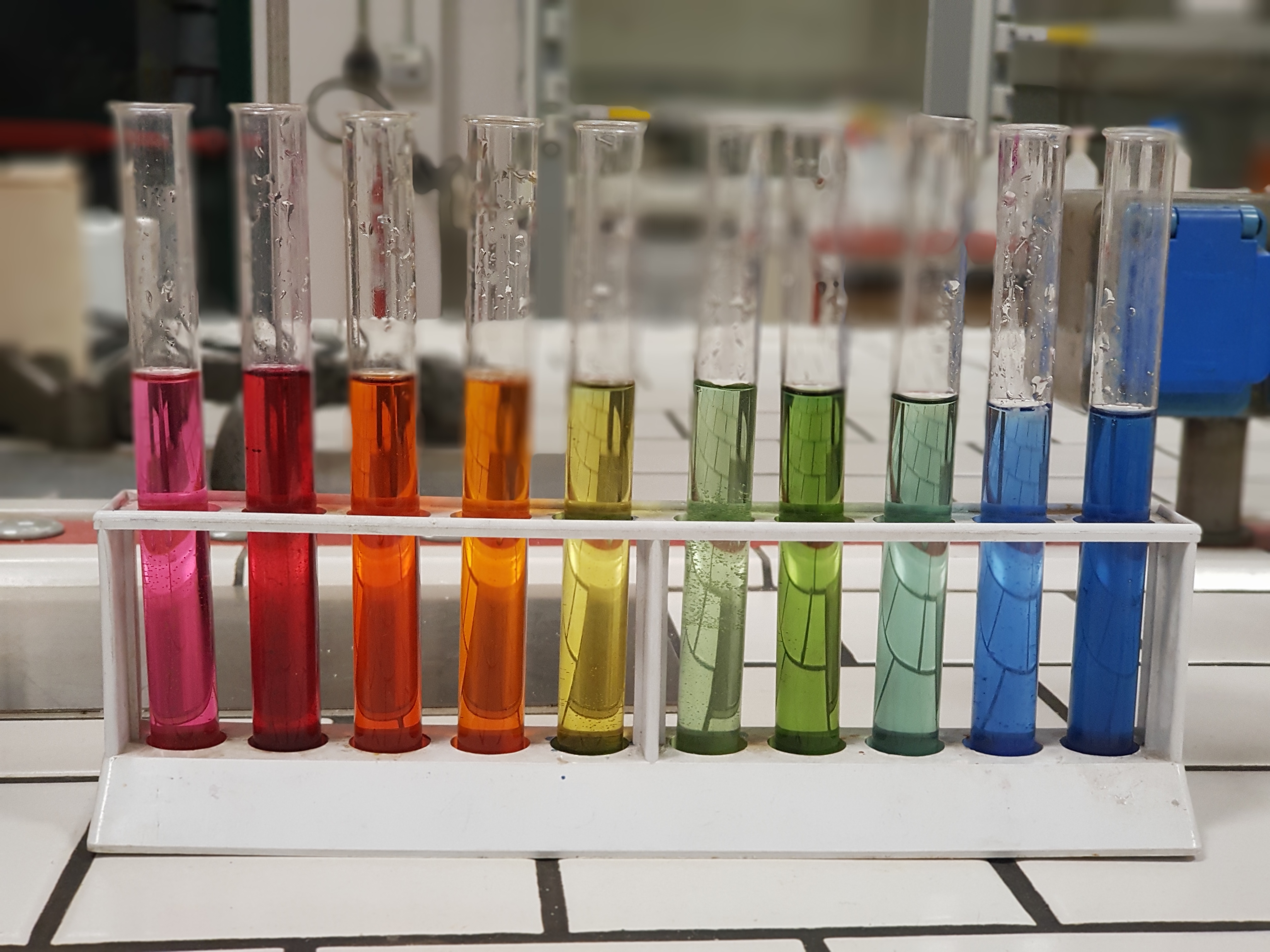Chemistry 101 for Teens
- Introduction to Chemistry
- The Periodic Table
- Atomic Structure
- Chemical Bonding
- Chemical Reactions
- Solutions and Solubility
- Acids, Bases, and pH
- Energy in Chemistry
- Organic Chemistry Basics
- Biochemistry Basics
- Chemistry in Our Daily Life
Acids, Bases, and pH
Understanding pH and pOH

Measure of the acidity or basicity of an aqueous solution.
The pH and pOH of a solution are measures of its acidity and basicity respectively. They are fundamental concepts in chemistry and are crucial in various fields, from medicine to environmental science.
Understanding pH and pOH
pH is a measure of the hydrogen ion concentration in a solution, while pOH measures the hydroxide ion concentration. The term "pH" stands for "potential of hydrogen," and "pOH" stands for "potential of hydroxide."
The pH and pOH scales both run from 0 to 14. On the pH scale, a value of 7 is considered neutral, values less than 7 are acidic, and values greater than 7 are basic or alkaline. On the pOH scale, the values are reversed: a pOH of 7 is neutral, values less than 7 are basic, and values greater than 7 are acidic.
The pH Scale: Acidic, Basic, and Neutral Solutions
The pH scale is logarithmic, meaning each unit represents a tenfold difference in acidity or basicity. For example, a solution with a pH of 3 is ten times more acidic than a solution with a pH of 4.
Neutral solutions, like pure water, have equal concentrations of hydrogen and hydroxide ions, giving them a pH and pOH of 7. Acidic solutions have a higher concentration of hydrogen ions than hydroxide ions, resulting in a pH less than 7 and a pOH greater than 7. Basic solutions have a lower concentration of hydrogen ions than hydroxide ions, resulting in a pH greater than 7 and a pOH less than 7.
Calculating pH and pOH
The pH and pOH of a solution can be calculated using the formulas:
pH = -log[H+] pOH = -log[OH-]
where [H+] is the concentration of hydrogen ions and [OH-] is the concentration of hydroxide ions. The negative logarithm is used because the concentrations of H+ and OH- ions are often very small numbers.
The Relationship between pH, pOH, and Concentration of H+ and OH- Ions
In any aqueous solution at 25 degrees Celsius, the sum of the pH and pOH is always 14. This is known as the ion product of water and is represented by the equation:
pH + pOH = 14
This relationship allows us to calculate the pH if we know the pOH, and vice versa.
Applications of pH in Everyday Life
The concept of pH is not just confined to the chemistry lab. It plays a vital role in our everyday life. For example, our body's pH level influences how well our cells function. The pH of soil can affect the health of plants. In the food industry, pH is used to control the growth of bacteria and other microorganisms.
By understanding pH and pOH, we can better understand the chemical reactions happening around us and inside our bodies.